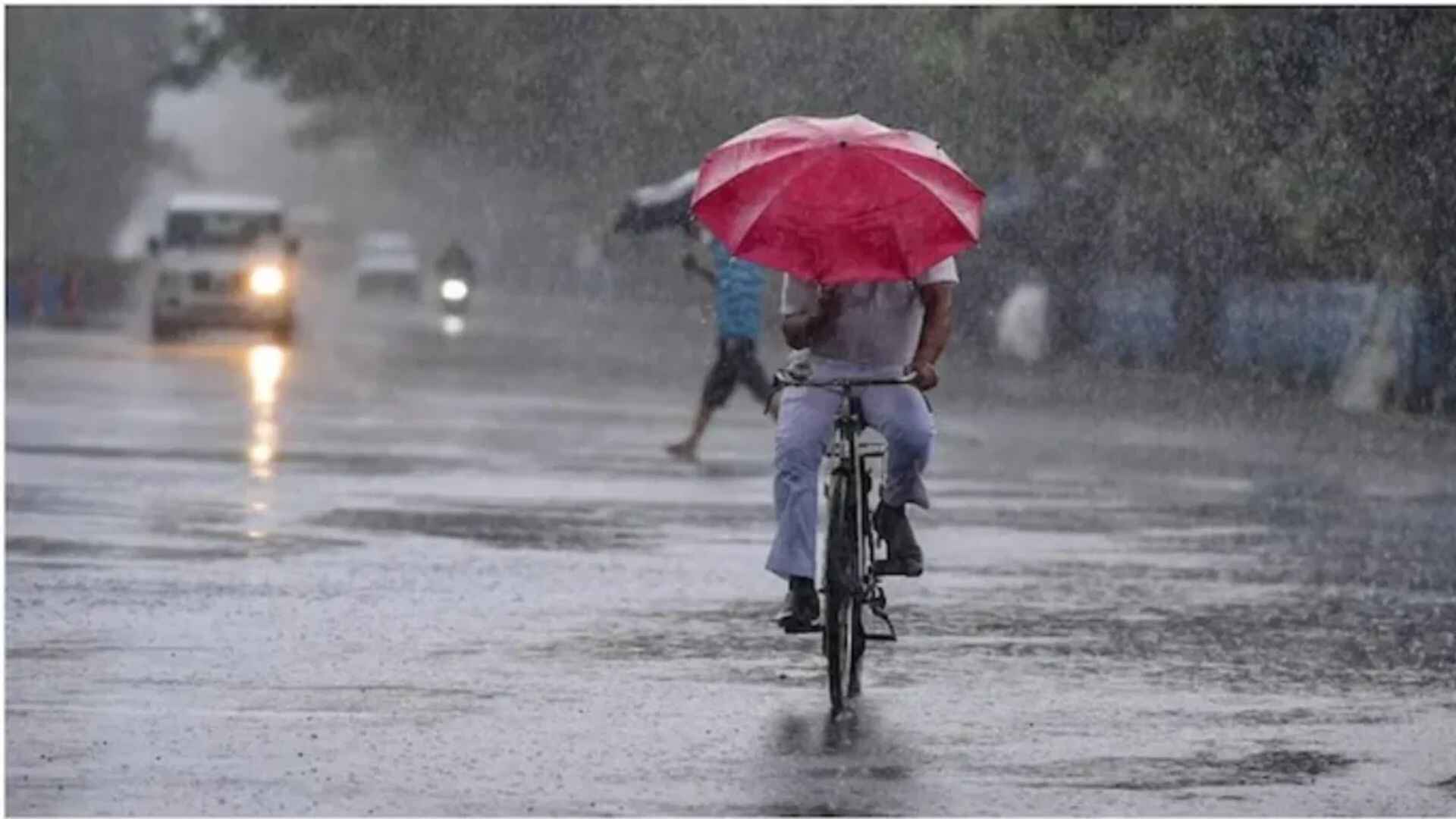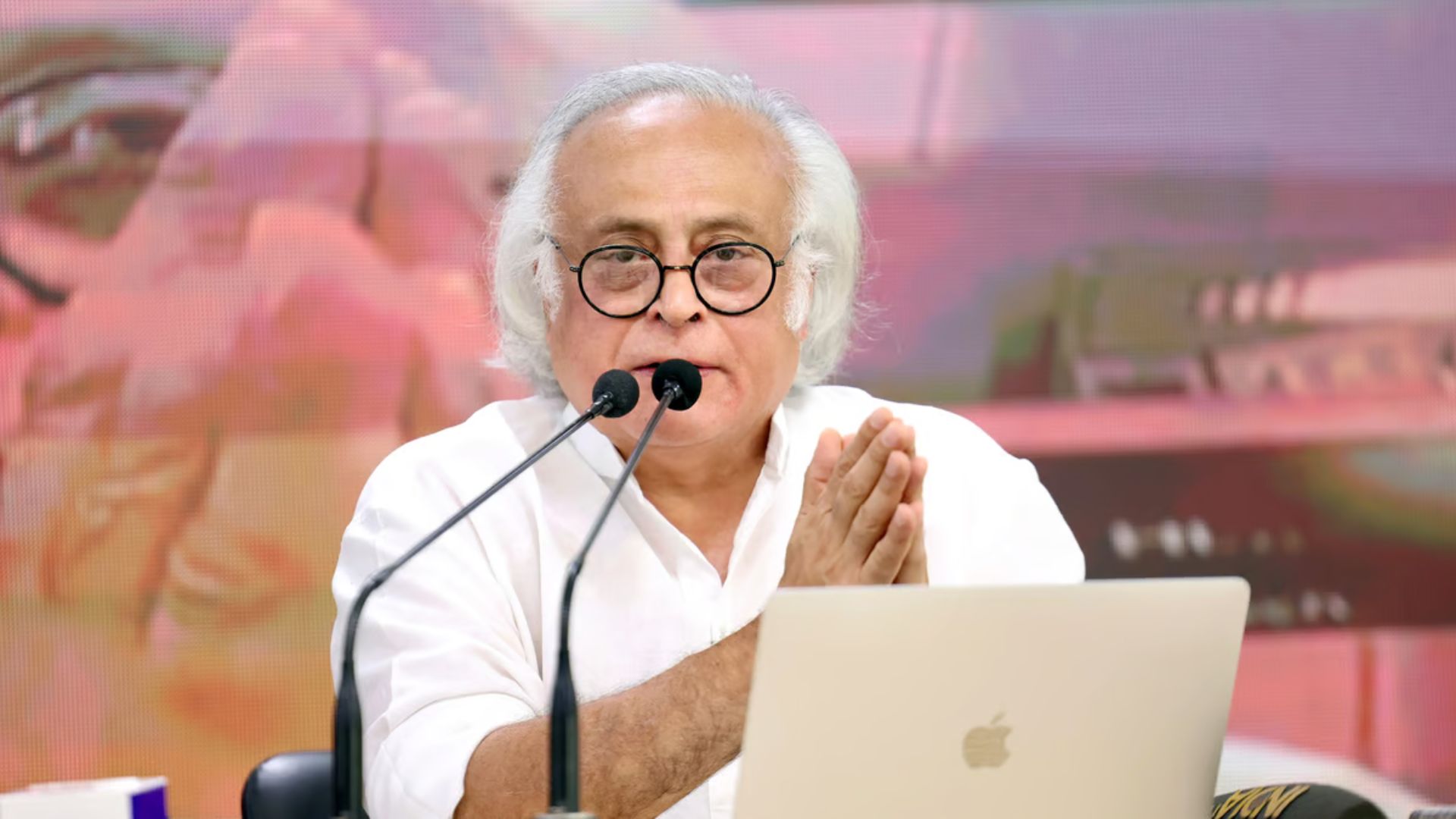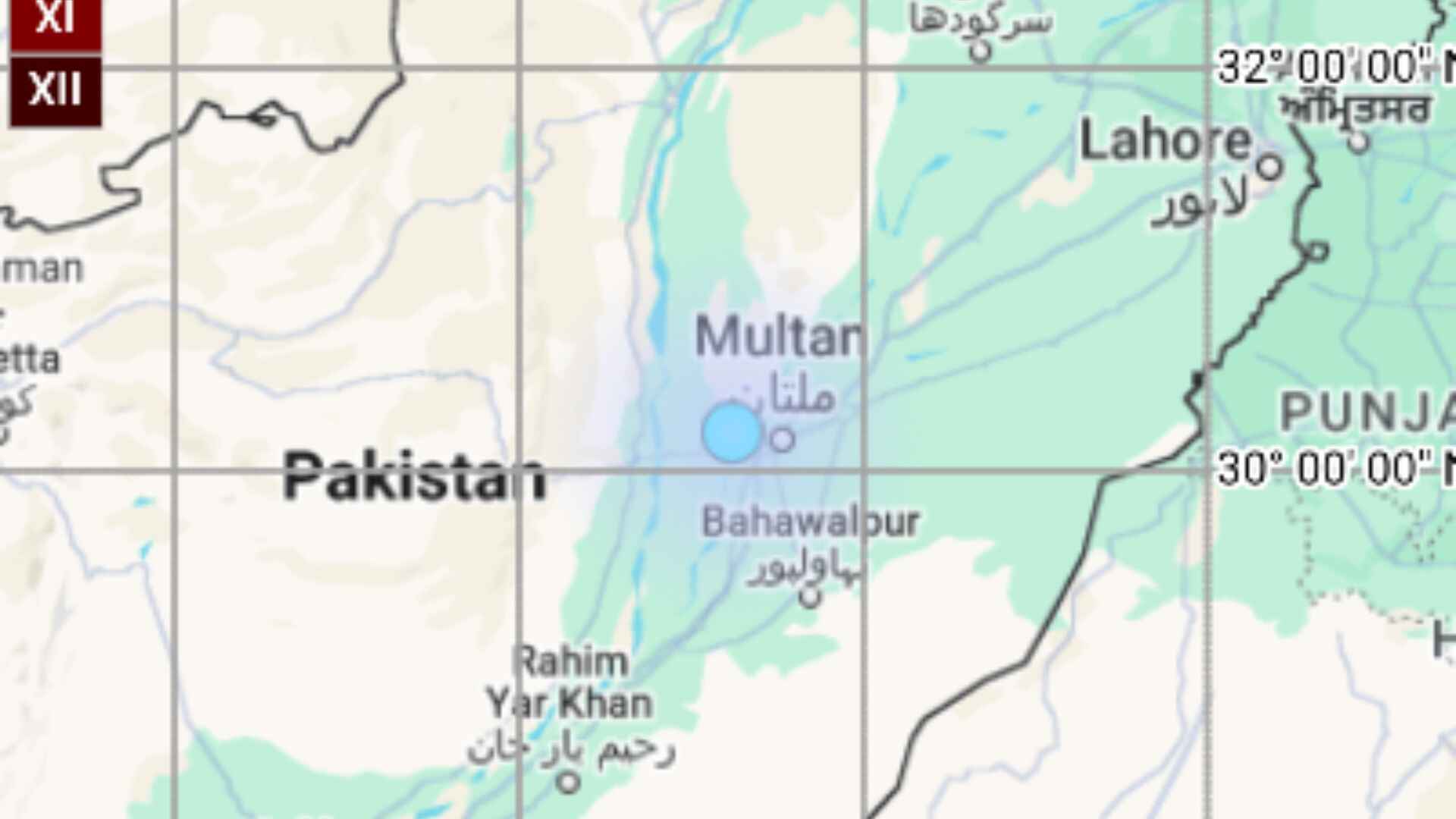
The Indian Meteorological Department (IMD) announced that the Southwest Monsoon has reached the Kerala coast and extended into parts of northeast India starting Thursday, marking its onset. This year, the monsoon arrived two days earlier than its usual June 1 onset date. Pre-monsoon rains were widespread in Kerala this year.
In 2023, the country experienced monsoon rainfall amounting to 94 percent of its long-term average. The onset of the southwest monsoon, particularly over Kerala, signifies the transition from a hot and dry season to a rainy one. As the monsoon progresses northward, it brings relief from the intense summer heat.
These rains are vital for India’s agricultural sector, especially for kharif crops, which are sown during June-July and harvested in October-November. Major kharif crops include paddy, moong, Bajra, maize, groundnut, soya bean, and cotton. While traditionally, kharif crop output heavily relied on monsoon rainfall, there has been a gradual decrease in dependency, according to India Ratings and Research (Ind-Ra).
The IMD and private forecaster Skymet have both predicted normal monsoon rainfall this year. With over 70 percent of India’s overall rainfall occurring during the southwest monsoon period, the timely and adequate occurrence of monsoon rainfall is crucial for the country’s economy, as nearly 45 percent of the population depends on agriculture for their livelihood.
The IMD’s first stage forecast for southwest monsoon rainfall, issued in April, holds significance for farmers, policymakers, and investors, guiding their decisions for the upcoming Kharif season.















